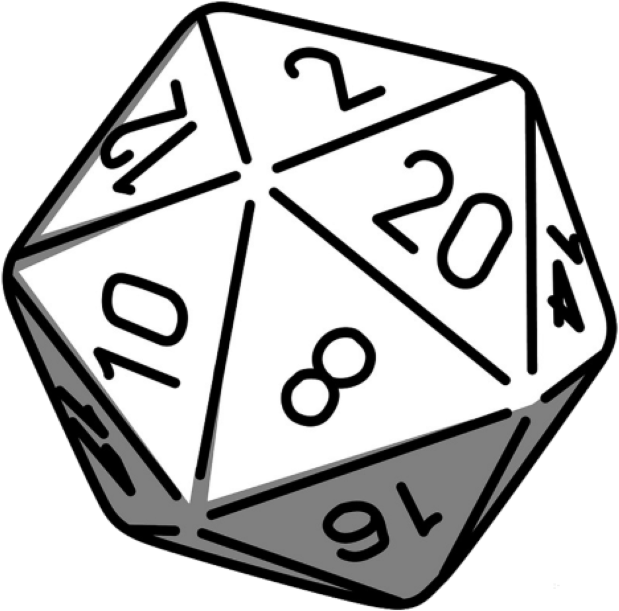Organizing your Worldbuilding
Worldbuilding is not my main hobby, but I often end up creating some things for RPGs.
The worst thing, in my experience, is that you have a lot of information to deal with at once when you’re trying to create a world, and you don’t know where to start or how to connect things.
This is a guide on how to organize your worldbuilding, not how to worldbuild. If you want to learn how economics or religion works, that’s not going to be what I’m going to explain here.
My method is simple and depends only on two keywords: CIRCLES and CATEGORIES.
1. Circles
Imagine a country. This country is divided into several states. These states are divided into several metropolitan regions. These regions are divided into several cities. These cities are divided into several neighborhoods. etc.
It’s like circles within circles within circles. The larger circle is the COUNTRY, with smaller circles called STATES inside it, with smaller circles called CITIES inside that one, and so on.
And the country is not the biggest circle: There can be several countries within a continent, several continents within a world, several worlds within a stellar community, etc. It will be in your interest to know how far to count.
1.1. Tidying up your circles
The names of these circles and their divisions are completely arbitrary.
There is no rule that says your country needs to be divided into “states”. Russia is divided into “provinces”. Colonial Brazil was divided into “captaincies”.
Also nothing says that your “continent” needs to be divided into “countries”.
The only constant is this: Things are divided into more things which are divided into more things.
This is a constant in almost every method of organization that human beings have created, because we love to categorize things: Ecclesiastical offices, business administration, division of land, biological taxa, etc.
1.2 Working with your circles
It is extremely important that the worldbuilding GM knows how to work efficiently. The five days you spent making “Ardya’s Hell Realm” are worthless if your players are never going to interact with that place. Worldbuilding for worldbuilding’s sake is fun, but it should be left until after the basics are done.
What you want to do is define which circles are worth working in. A campaign of intrigue among the southern burgos of Southeros may only need Southeros and its neighbors to the south. Within Southeros itself, the southern burghs should be worked out in more detail than the northern werewolf clans. Even within a burgh, some cities should be prepared in greater detail than others. So it goes.
“Circles” are simple but powerful.
2. Categories
The structure of circles is very rigid and completely based on hierarchy. You may have noticed that I’ve only talked about political organizations so far, and that’s because I can’t place “the Udri ethnicity”, “the ninth burgh of Southeros” and “the cult of Ladilua” within the same hierarchy.
This is where categories come in. Categories are sets of things that you can classify as “inside” and “outside” directly.
2.1. Defining the Three Basic Categories
In general you can work with only three categories for most worlds: Geography, Demographics and State.
Geography is what concerns the natural order of the world: Usually this means “what the place is like” (an archipelago, has a forest, is on a mountain, etc.) but subtly includes also what depends on it to be defined ( such as economics and technology).
Demography is everything about the people who live in that place: what they look like, what rituals they do, what they believe in, how they dress, etc.
State are the structures that govern the people: How they are divided, who are their leaders, how these leaders are chosen, how they control the people, etc.
2.2. Basic Categories Order
Categories must be interdependent: They affect each other. A place’s climate affects what things grow there, which affects what people eat, which affects how the local government distributes and controls that food.
You should prioritize them in the following order: Geography, Demographics, State. You must first know enough about geography to be able to do enough about demography to be able to do enough about a state.
You might want to start with an aspect of Demographics or the State. Write the idea down somewhere and work on a Geography and/or Demographics that make your idea possible.
2.3 Changing your Categories
Maybe your techno-apocalyptic dystopia doesn’t need a state category so much, because everyone lives in independent communes. It is perhaps much more important to track which of the big five technology branches a region uses and what that technology can do. Take out the “State” category and put in the “Technology” category (before “Demography”).
But resist the temptation to make a category for EVERY ASPECT different from your world. The method is meant to be an outline, to help you, not to force you to focus on small details.
For the average D20 fantasy kitchen sink world, you shouldn’t need more than the three basic categories unless there’s a big spin that changes how this world is perceived by the players (like Eberron and Dark Sun, but not like Golarion or Dragonlance).
3. Conclusion
That’s it guys, I hope you like it :)

